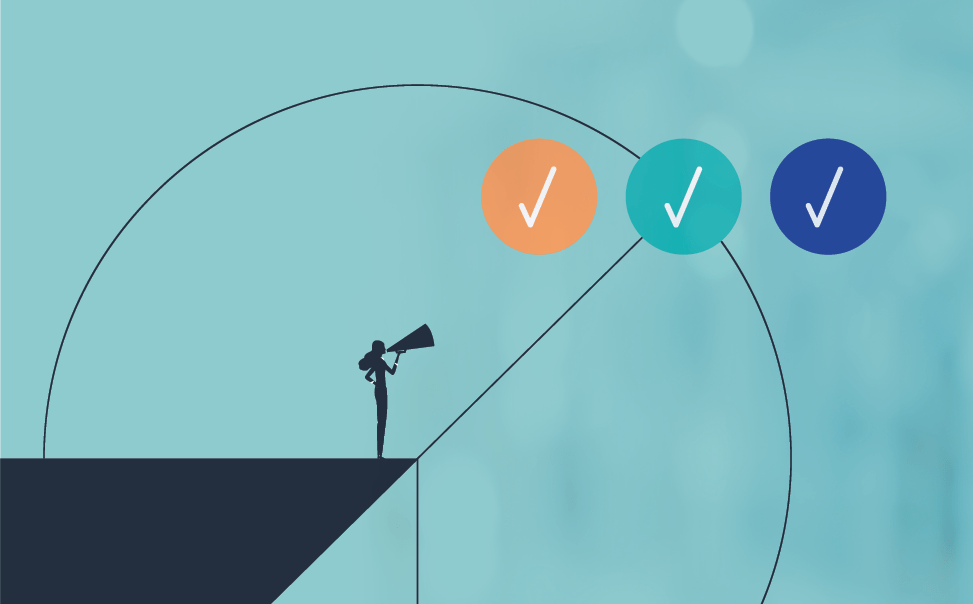Insights from an eVisit excursionist featured in Healthcare IT News.
In a previous post, I detailed a trip I took to Boulder, Colo. to visit Global Medical Response, an eVisit customer that is providing EMTs with telehealth tools to aid in patient assessment and triage out in the field at the point of an emergency call. The implementation is part of an Emergency, Treat, and Transport (ET3) initiative geared toward providing optimal patient care, while ensuring effective use of ambulance transportation and emergency department (ED) services.
Nurse navigator program ensures effective utilization and care
My travels also took me South to another Global Medical Response site in Lewisville, Texas that has deployed a nurse navigator program as part of its emergency dispatch center. The program helps triage patients who have called 911 by first ascertaining if they truly need an emergency visit or can be more efficiently treated at an urgent care center, primary care office, or via telehealth. If the dispatcher believes the caller does not require an ambulance, they connect them to a nurse navigator. This nurse performs a clinical assessment over the telephone, seeking to understand the patient’s condition and needs before an ambulance is ever dispatched.
According to the nurse navigators I spoke with during my trip, most of the calls forwarded to them by dispatchers don’t require an ambulance and are better candidates for other forms of care. One nurse shared a surprising story about how patients in need of a medical service such as an x-ray sometimes dial 911 for an ambulance simply because they have no other means of transportation to a hospital or urgent care center. In these instances, the nurse can coordinate a taxi or rideshare (e.g., Lyft) to transport the patient to the most effective point of care, eliminating the unnecessary ambulance expense.
Sometimes nurse navigators realize a caller does require immediate care, but not necessarily an ambulance or an ED visit. In this scenario, the nurse navigator can schedule an immediate consultation with a qualified physician via telehealth, helping the patient register electronically for the virtual visit. These patients are typically online with physicians in less than five minutes where conditions can be assessed, and necessary treatments provided.
In rare instances, nurses determine forwarded callers do require emergency care. When this determination is made, the nurses simply transfer the patient back to 911 and an ambulance is dispatched. Nurse navigators are under no pressure to use alternate methods of care in true states of emergency. Instead, the nurse navigator program provides nurses with all the tools necessary to get patients to the most appropriate care option as quickly as possible.
An instrument for value-based care
While currently incentivized by CMS funding, the long-term vision for nurse navigator programs like the one in Lewisville is that they will be significant contributors to delivering value-based care (and maximizing contract-based reimbursement) by improving care quality and lowering costs.
Nurses have always been primarily responsible for triaging patients in the ED. These trained healthcare professionals perform cursory exams, determine the acuity level of patients, and prioritize care based on need – ensuring sicker patients are treated first. Moving nurse-based triage from the ED to dispatch can significantly reduce avoidable hospital transports and the unnecessary hospitalizations that often follow those transports.
This is a bigger issue than you might think. In fact, according to UnitedHealthGroup, two-thirds of annual hospital ED visits by privately insured patients – 18 million out of 27 million – are avoidable. In other words, these visits are not actual emergencies and can be effectively treated through non-ED care options such as a primary care visit, urgent care, or telehealth. Common non-emergency patient conditions frequently treated at EDs include bronchitis, cough, dizziness, headache, nausea, and low back pain.
Overutilization of the ED contributes to higher care costs and places unnecessary stress on ED staff. Needless ED wait times can also place sicker patients at risk or lead to a poor patient experience. Ensuring the ED is reserved only for those truly in need of emergency treatment can help reduce provider burnout, lower costs, and improve patient outcomes.
The nurse navigator program is another example of how triage screening – this time over the telephone – can improve efficiency, utilization, patient satisfaction, and health outcomes. Adding telehealth to this equation gives patients multiple options to interact with providers based on their needs and preferences, ensuring personalized care.
Learn more
Read more about my customer visits in the Healthcare IT News article, One Expert Travels the Country to See How Telehealth is Holding Up.




